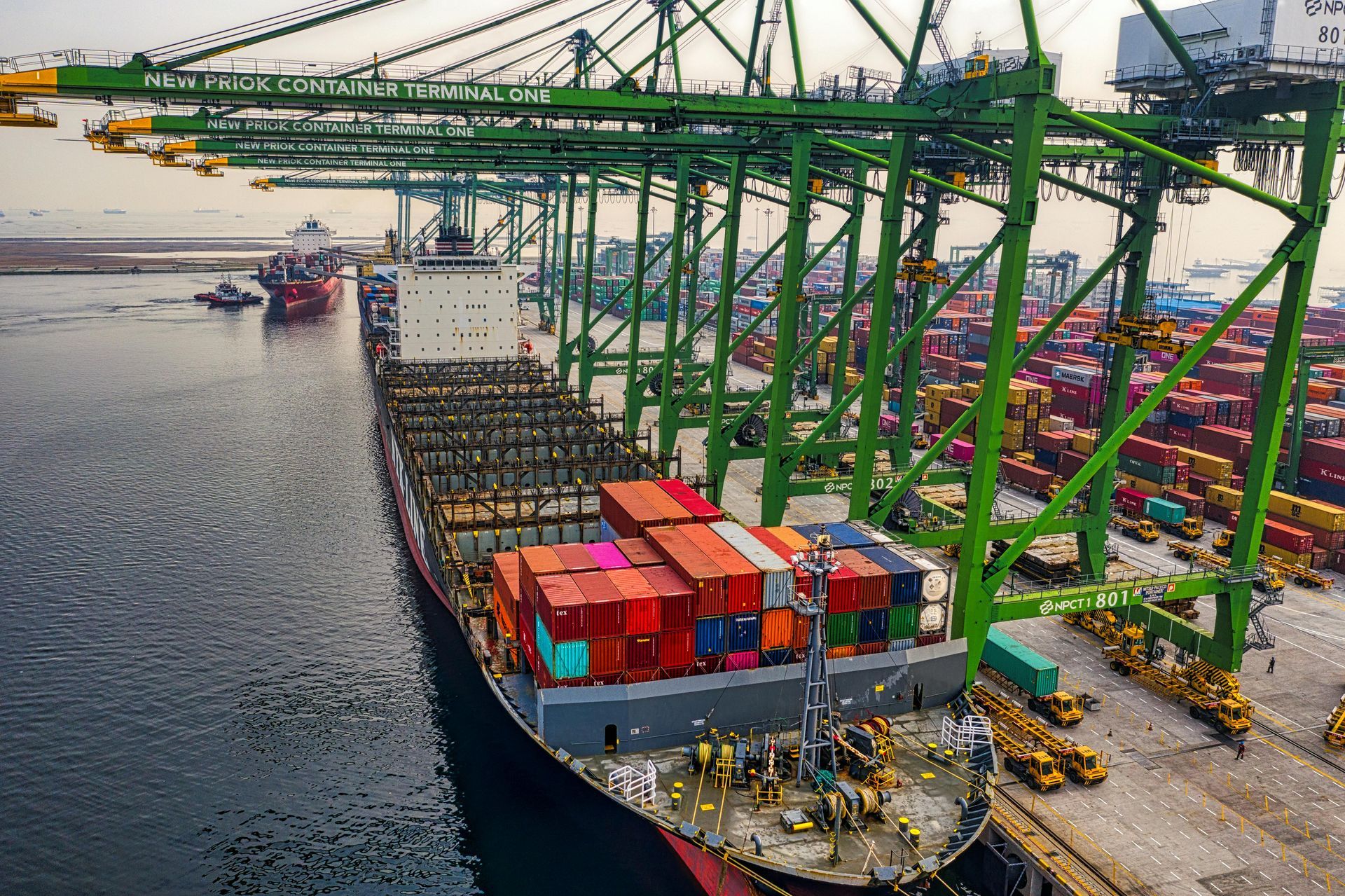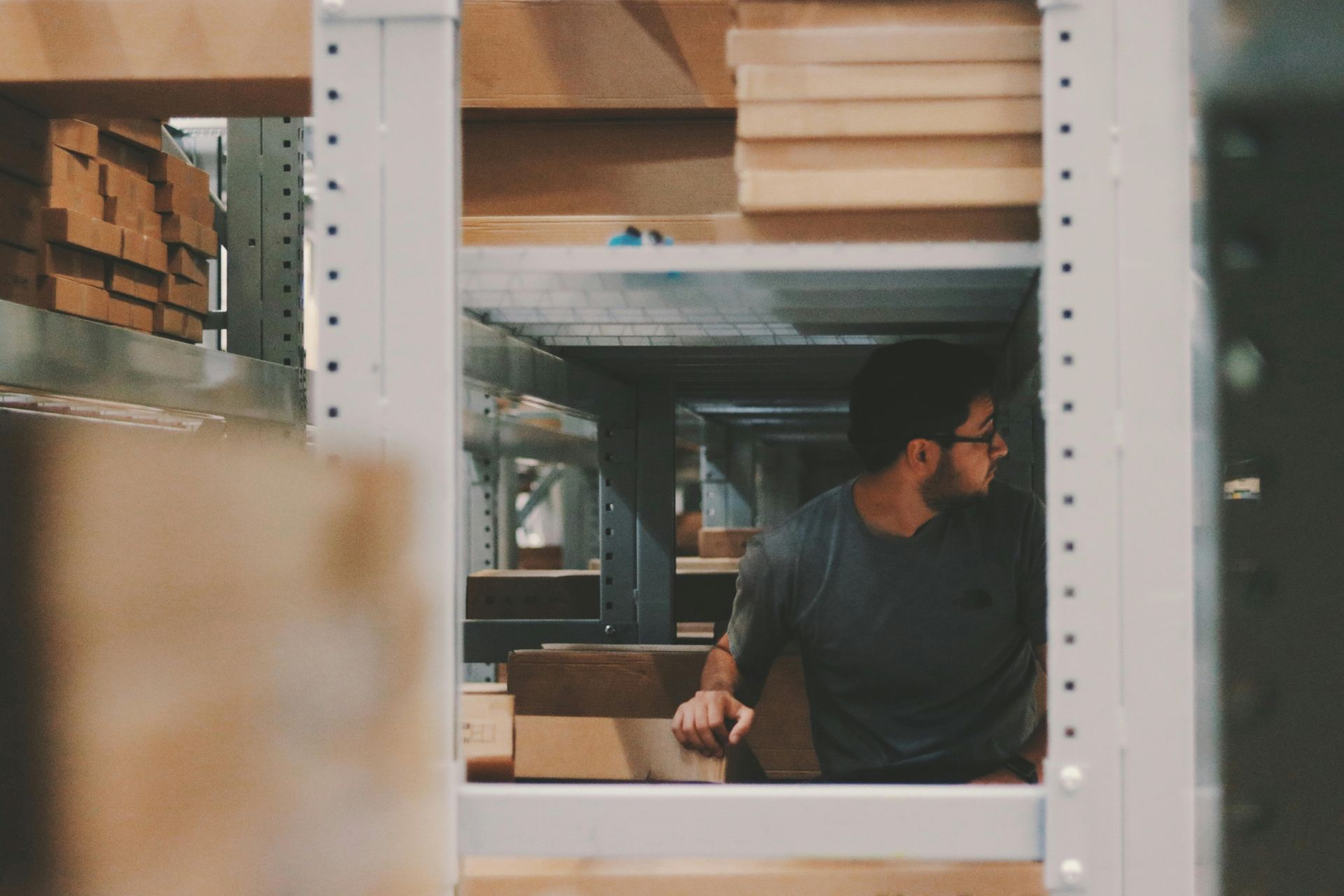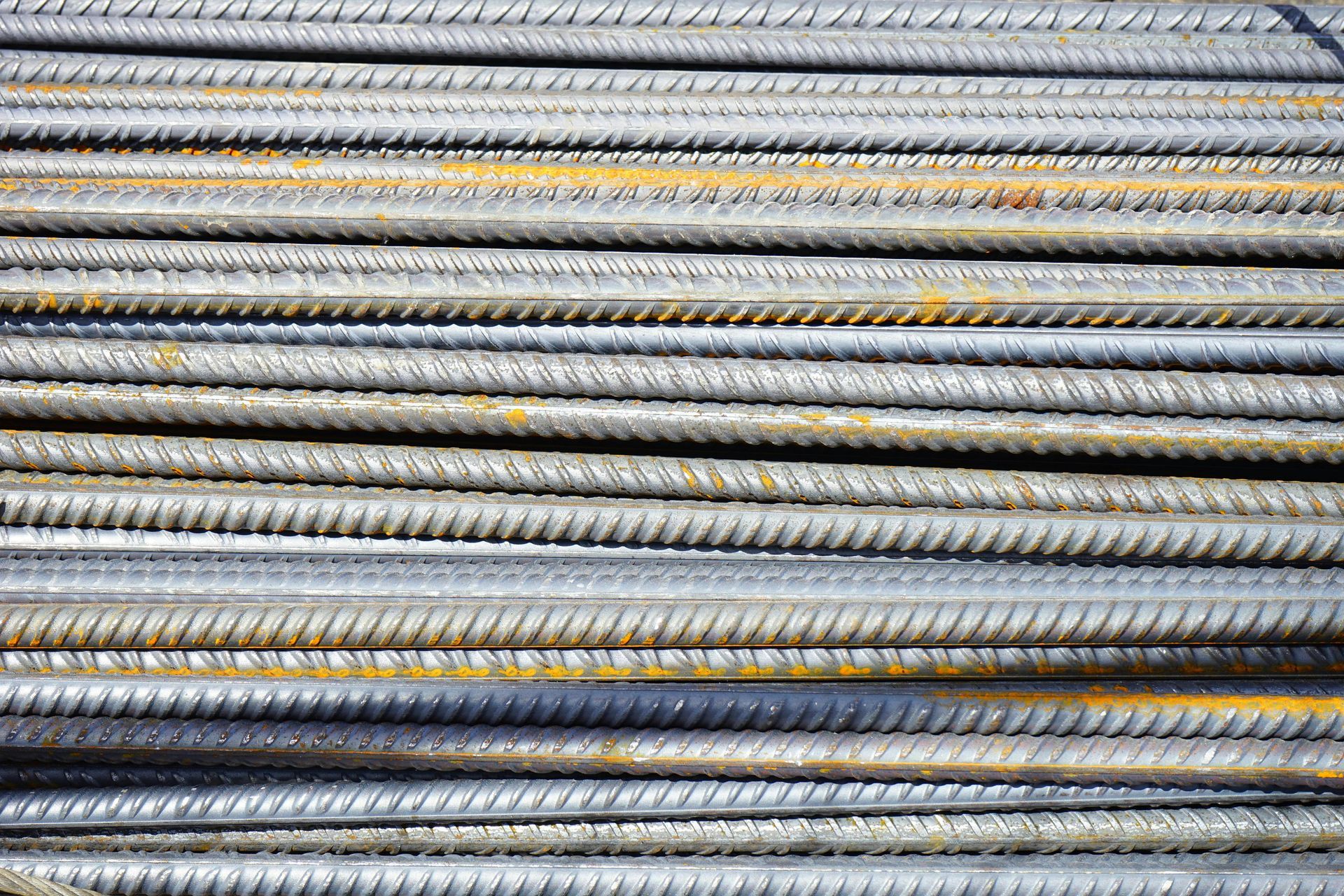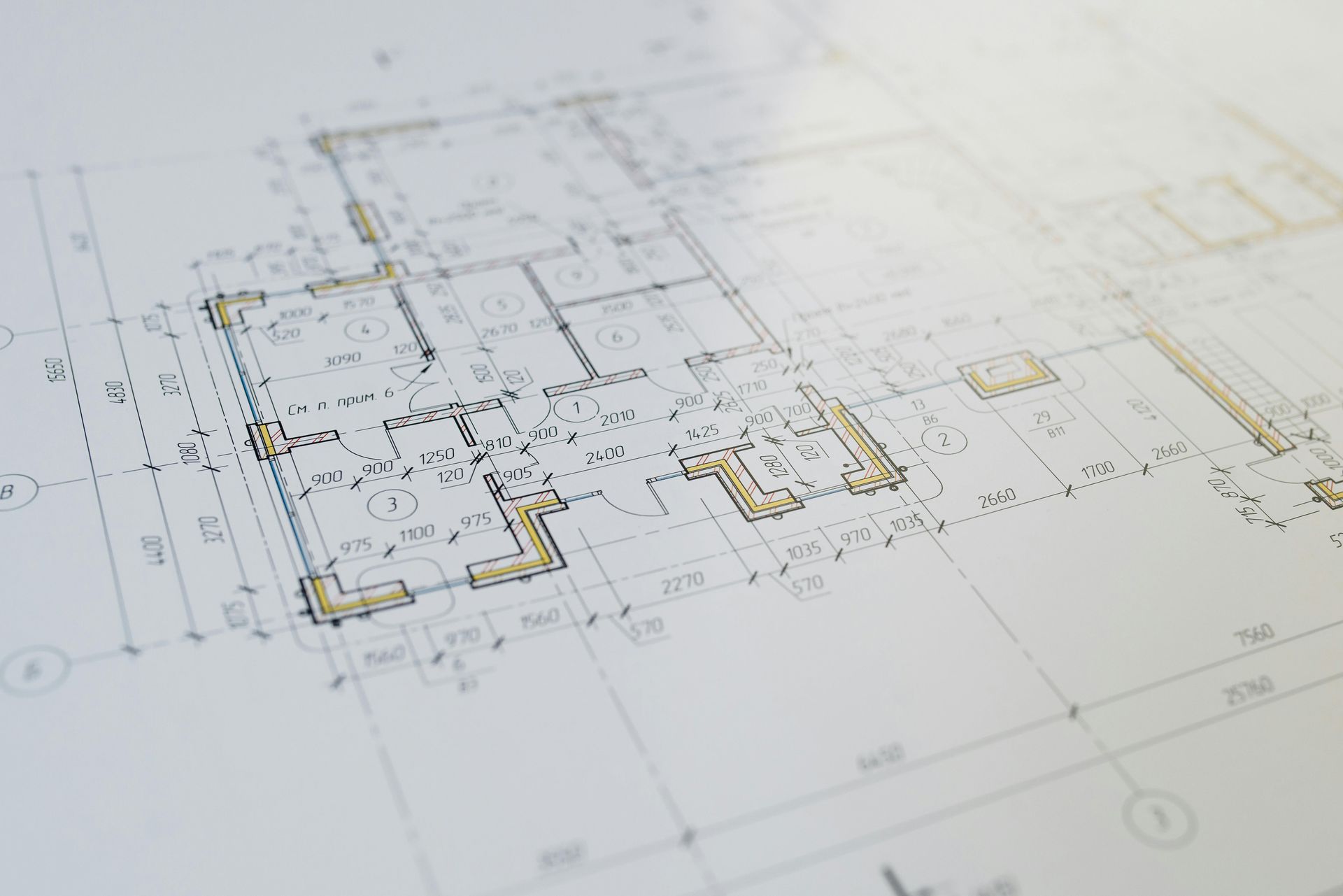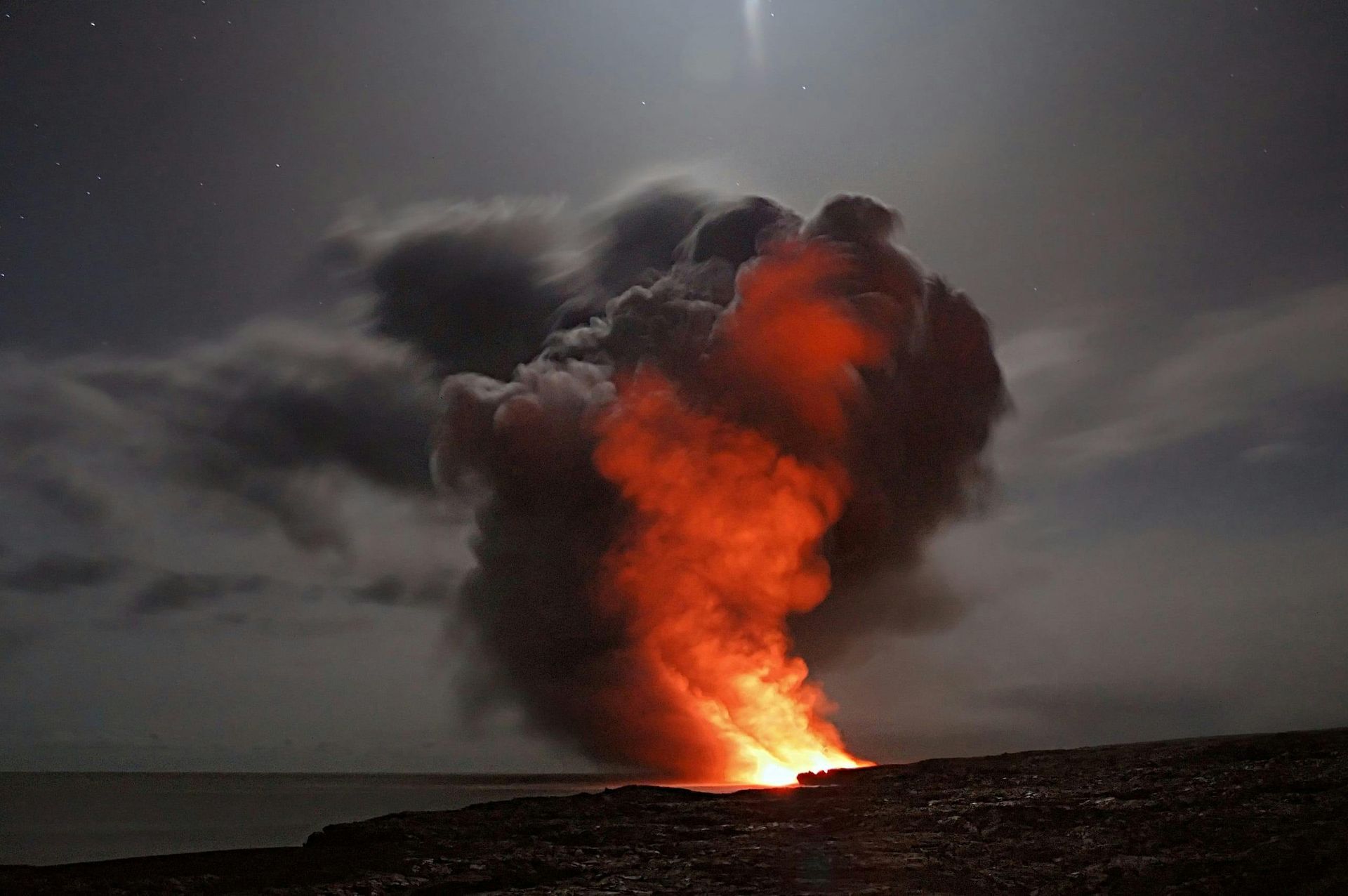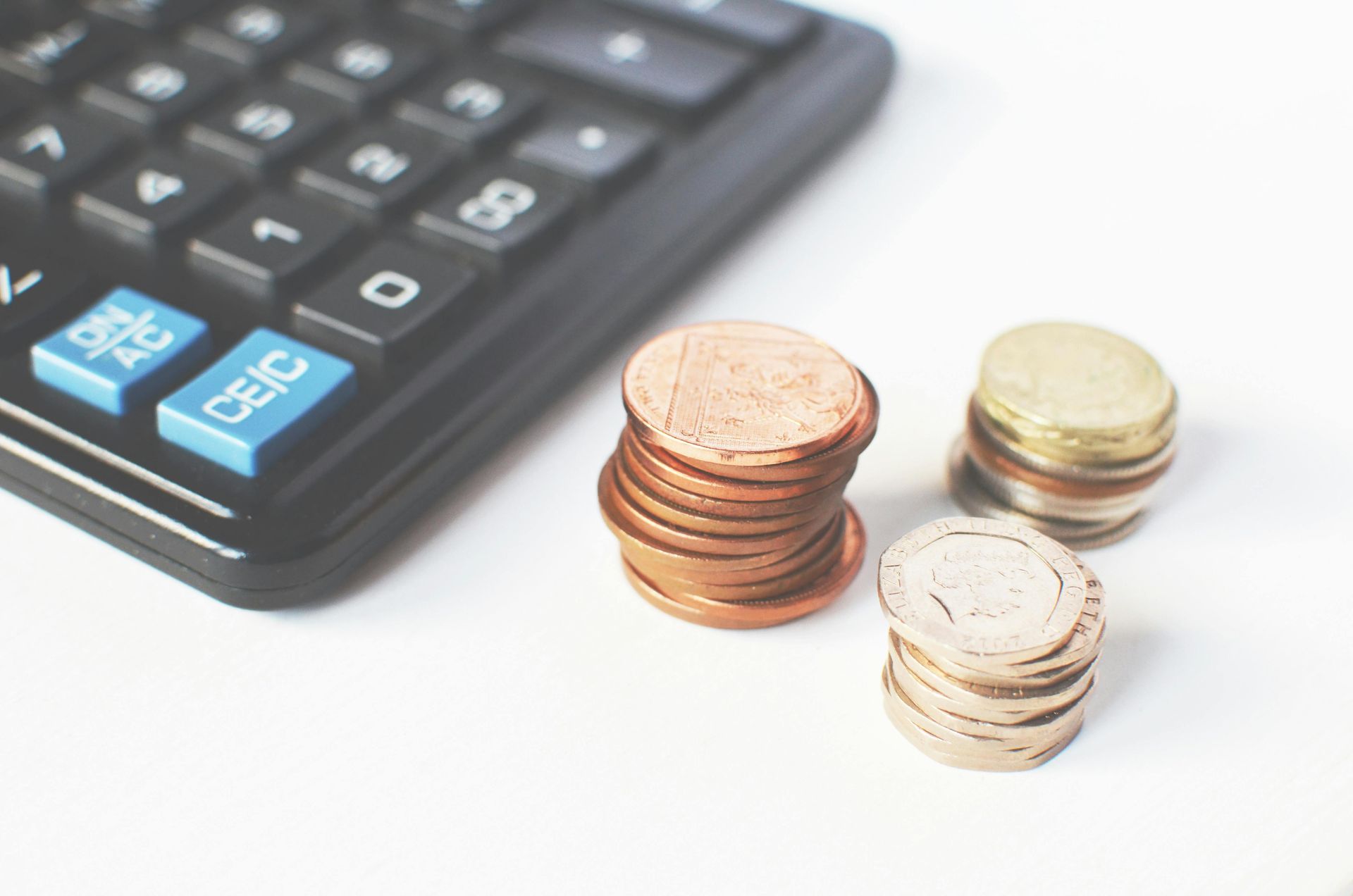Balancing Affordability and Quality in MDU Construction
As the demand for affordable housing continues to rise, developers face the challenge of building Multiple Dwelling Units (MDUs) that are both budget-friendly and high-quality. Balancing these two priorities is no easy task, especially in the face of rising construction costs, limited land availability, and growing expectations from residents for modern amenities and durability. However, by adopting smart design choices, efficient materials, and innovative building practices, developers can create affordable MDUs that don’t compromise on quality. Here are essential strategies to achieve this balance and build attractive, cost-effective MDUs.
Embracing Efficient and Cost-Effective Building Materials
The materials chosen for MDU construction play a significant role in determining both cost and durability. Opting for affordable yet durable materials is crucial for keeping projects within budget while still meeting quality standards.
- Engineered Wood Products: Engineered wood, such as laminated veneer lumber (LVL) or cross-laminated timber (CLT), is an affordable alternative to traditional timber. These materials are strong, sustainable, and less costly than solid wood, making them ideal for framing and structural components in MDUs.
- Fiber Cement Siding: Fiber cement siding offers a low-maintenance, durable exterior that resists moisture, fire, and pests. It’s more affordable than brick or stone but offers similar longevity and aesthetic appeal, helping to reduce ongoing maintenance costs.
- Luxury Vinyl Tile (LVT): LVT is a cost-effective flooring option that mimics the appearance of hardwood or stone while offering durability and water resistance. It’s easy to install and maintain, making it an ideal choice for high-traffic areas in MDUs.
- Recycled and Sustainable Materials: Using recycled materials like reclaimed wood or recycled steel can be both cost-effective and environmentally friendly. These materials often come at a lower price point and help reduce the environmental impact of construction, appealing to eco-conscious tenants.
Choosing efficient and affordable materials allows developers to reduce initial construction costs without sacrificing durability or aesthetic appeal, contributing to a more affordable and attractive MDU.
Adopting Modular and Prefabricated Construction Techniques
Modular and prefabricated construction has emerged as a powerful solution for cost-effective and high-quality building. This approach involves constructing sections of the building off-site in a controlled environment, then assembling them on location.
- Reduced Labor and Construction Time: By building components in a factory, modular construction significantly reduces the amount of time and labor required on-site. Faster construction timelines lead to lower labor costs and allow developers to bring MDUs to market more quickly, meeting demand for affordable housing sooner.
- Controlled Quality: Factory settings enable consistent quality control, reducing the likelihood of construction errors. This level of precision results in a higher-quality end product, as each module is inspected and refined before being transported to the site.
- Lower Material Waste: The controlled environment of modular construction reduces material waste by allowing for precise measurements and efficient use of resources. This not only cuts costs but also supports sustainable construction practices.
Modular construction is ideal for creating affordable MDUs that meet high-quality standards. With the ability to maintain consistency, reduce waste, and save on labor, this approach provides a cost-effective pathway for building resilient, attractive MDUs.
Designing with Space Efficiency in Mind
Efficient design is a cornerstone of affordable MDU construction. By maximizing usable space and reducing wasted areas, developers can create functional, comfortable units without inflating costs.
- Open-Concept Layouts: Open-concept designs reduce the need for interior walls and create a more spacious feel in smaller units. Fewer walls mean less material and labor, and open layouts make smaller spaces feel larger, enhancing resident satisfaction.
- Multifunctional Spaces: Designing multifunctional areas that serve multiple purposes—such as combining a dining area with a workspace—can reduce the overall square footage required for each unit. This approach meets the needs of residents in smaller, more affordable units.
- Optimized Storage Solutions: Built-in storage, like closets, cabinetry, and shelving, helps residents maximize space within each unit. This can reduce the need for additional furniture, making smaller units feel organized and functional.
- Stacked Plumbing and HVAC Systems: By stacking plumbing and HVAC systems vertically within a building, developers can save on installation costs and reduce the complexity of maintenance. Centralizing these systems also allows for more flexible interior layouts.
Efficient use of space not only reduces material costs but also enhances the functionality and appeal of units, ensuring that even smaller MDUs meet residents’ needs comfortably.
Investing in Durable, Low-Maintenance Finishes
MDUs require materials and finishes that can withstand wear and tear, especially in high-traffic areas like hallways, lobbies, and common spaces. Investing in durable, low-maintenance finishes can reduce long-term repair and replacement costs.
- Quartz or Laminate Countertops: Quartz countertops offer durability and resistance to stains and scratches, making them a cost-effective choice for kitchens and bathrooms. For more budget-friendly options, high-quality laminate countertops mimic the appearance of stone while providing durability.
- Stain-Resistant Carpets and Tiles: In common areas, durable and stain-resistant carpets or tiles help maintain a clean, professional appearance. Carpet tiles are especially practical, as individual tiles can be replaced if damaged, minimizing maintenance costs.
- Vinyl Wall Coverings: Vinyl wall coverings are a cost-effective, low-maintenance option for high-traffic areas. They are easy to clean, durable, and come in a variety of designs, allowing developers to achieve a modern look without the maintenance demands of traditional paint or wallpaper.
- Weather-Resistant Exterior Finishes: Choosing weather-resistant finishes for the building’s exterior, like fiber cement siding or weatherproof paint, reduces the need for frequent upkeep. These finishes protect against environmental wear, helping the building maintain its appearance over time.
Selecting durable finishes and fixtures ensures that MDUs remain in excellent condition with minimal upkeep, allowing developers to balance upfront affordability with long-term quality.
Leveraging Smart Technology for Cost Savings
Smart technology offers numerous benefits for both developers and tenants, from increased energy efficiency to improved security. While the initial investment may be slightly higher, smart technology often pays for itself in the form of cost savings and enhanced tenant satisfaction.
- Smart Thermostats and Lighting: Smart thermostats and lighting systems help control energy consumption, reducing utility costs for tenants and the building as a whole. These devices allow tenants to adjust settings based on occupancy, saving energy and cutting down on bills.
- Keyless Entry Systems: Keyless entry provides added security and convenience for tenants while eliminating the need for physical keys, which can be costly to replace. For developers, these systems reduce the risk of unauthorized entry, helping protect the property.
- Leak Detection and Smart Water Systems: Smart water systems with leak detection alerts help identify potential plumbing issues before they escalate into costly repairs. By catching leaks early, developers and property managers can save on repair expenses and prevent water damage.
- Automated HVAC Controls: Smart HVAC systems allow for remote monitoring and adjustment of heating and cooling. These systems optimize energy use in common areas, reducing operational costs and ensuring that the building remains comfortable without wasting resources.
Implementing smart technology not only supports long-term affordability but also meets modern tenant expectations, making the MDU more attractive in a competitive market.
Creating Affordable and Attractive Common Areas
Common areas are an important aspect of MDU design, providing spaces for socializing, relaxing, and working. By creating affordable yet attractive shared spaces, developers can enhance the building’s appeal without overspending.
- Minimalist Design with High-Impact Decor: Common areas can be designed with minimalist furniture and finishes that are both stylish and budget-friendly. Using accent walls, affordable artwork, or strategically placed plants creates a welcoming environment without high costs.
- Multi-Use Spaces: Designing common areas to serve multiple purposes, such as combining a lounge area with a coworking space, maximizes functionality. Multi-use spaces make the most of limited square footage, adding value for tenants at a lower cost.
- Efficient Lighting Solutions: LED lighting is an affordable way to brighten common areas and create ambiance while reducing energy costs. LED lights are long-lasting and energy-efficient, which saves on replacement and electricity expenses over time.
- Outdoor Spaces with Simple Landscaping: For MDUs with outdoor areas, simple landscaping such as grass, native plants, or seating areas can create an appealing space for relaxation and gatherings. Native plants require less water and maintenance, which helps reduce upkeep costs.
Affordable, functional common areas foster a sense of community and provide value to residents, enhancing their living experience while maintaining cost efficiency for developers.
Building Affordable MDUs Without Compromising Quality
Balancing affordability and quality in MDU construction is achievable with strategic planning and thoughtful choices. By selecting cost-effective materials, embracing modular construction, designing efficient layouts, investing in durable finishes, leveraging smart technology, and creating practical common areas, developers can deliver MDUs that meet both budget and quality standards.
In today’s housing market, the demand for affordable, high-quality units is high, and MDUs that cater to these needs stand out to potential tenants. By focusing on smart construction strategies, developers can create MDUs that provide comfortable, attractive, and budget-friendly living spaces—meeting the needs of today’s residents while remaining competitive in the market.
